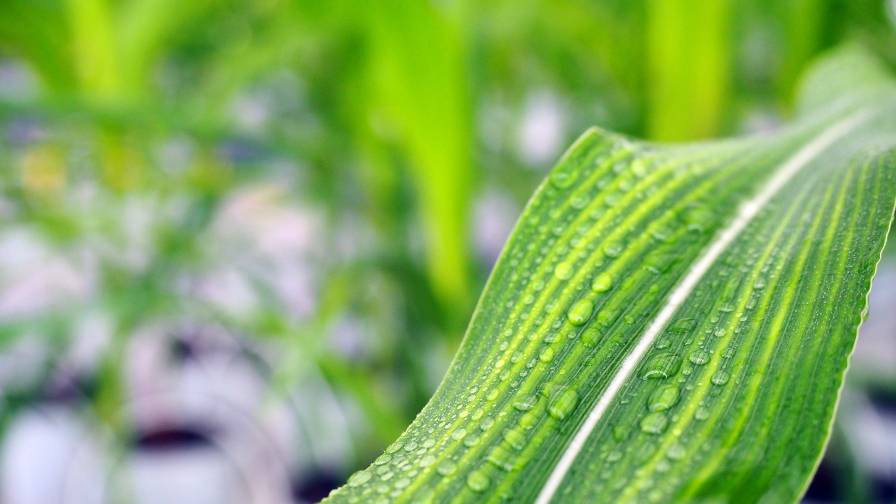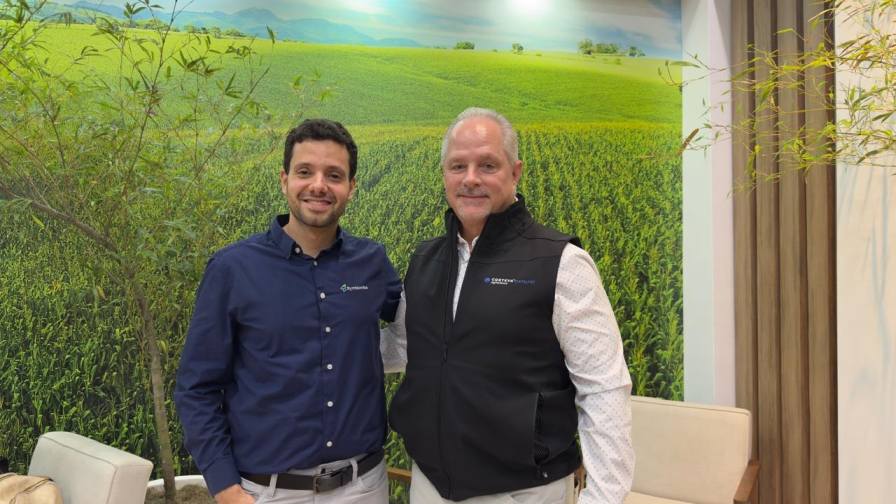Biopesticides: Assessing the Opportunities and Challenges in R&D, Formulation
Editor’s note: Dr. Harry Teicher, an independent Strategic R&D consultant with over 20-plus years of AgChem and BioScience R&D Management and Support Experience, assesses the current opportunities and challenges in the biopesticide market as they relate to R&D, formulation and application, and grower adoption and perception.
R&D OPPORTUNITIES & CHALLENGES
Opportunities
Research centers around the world are undertaking research to improve techniques for the development and application of biopesticides to enhance their commercial feasibility.
Start-ups and other smaller, innovative companies have created a powerful and competitive environment for biopesticide R&D.
Acquisitions, collaborations, and licensing agreements bear witness to the ongoing symbiosis in the crop protection market, and the need for inclusive Strategic R&D Management frameworks, as well as the mediation of biology-based strategies to decision-makers, is greater than ever before.
Currently, focus is on innovation at the interface between chemical and biological crop protection, precision technology, and plant biology.
Other technological developments include the integration of “big data” into pest management, including crowd-scouting by farmers and the increasing use of degree-day models for pest and pathogen prediction.
Ongoing legislation amendments to make the regulatory process appropriate for biopesticides facilitate the development and introduction of sustainable, non-chemical alternatives to pesticides, advancing the use of biopesticides in the EU. Further harmonization between Member States will accelerate regional acceptance of biopesticidal strategies.
Challenges
Low financial incentives (return on investment) on the part of the incumbent crop protection industry restrict the adoption of minor-crop biopesticidal products.
There is increasing awareness of natural plant toxins, which may be produced through the induction of plant defense responses by biopesticides.
Regional exemptions from residual tolerance levels hinders global trade to regions with maximum residue levels in food (such as the EU), reducing the potential economic viability of new biopesticides and thus their introduction into global crop protection strategies.
The cost of R&D registration and introduction can preclude standalone small companies entering the market.
Start-ups and other smaller, innovative companies face further challenges in competing with incumbent agrichemical technologies, when attempting to convince risk-averse growers to transition to this emerging technology, but also with respect to the economic requirements for efficacy testing, registration, and distribution.
Corporate IP policies further inhibit collaboration with agtech startups — incumbent corporations tend toward in-house development and innovation, often preferring acquisition rather than collaboration.
For corporations, acquisitions may lead to R&D funds becoming too diluted for them to prioritize true product innovation and strategic vision.
The inclusion of expert biological knowledge into R&D and business strategies is still not optimal. For current industry leaders in strategic growth and change, priority should continue to be given to developing Strategic R&D Management frameworks for leading innovation growth.
FORMULATION & APPLICATION OPPORTUNITIES & CHALLENGES
Opportunities
The trend in conventional and biopesticide formulation is to move away from wettable powders and suspension concentrates to water dispersible granules, and from dusts to granules.
Controlled release formulations are being developed to optimize effect, while nanotechnology is expected to provide new types of formulations such as nanoemulsions, nanosuspensions, and nanocapsule formulations.
Another area of focus is the choice of appropriate adjuvants for optimal biopesticidal activity. Here, collaboration between biologists and chemists is facilitating the development and introduction of new formulations and applications, reducing the inconsistency of field performance and encouraging growers to implement this new technology.
Current research efforts in bioformulation technology are focused on delivery and application practices, especially on understanding the impact of plant defense induction kinetics on application timing and placement of the formulated product.
Challenges
Until recently, slow progress in formulation and delivery research has been a major hurdle to biopesticide development and acceptance.
There are significant costs involved in solving the biological issues of biopesticide formulations (including storage and field stability as well efficacy consistency), and these can preclude standalone small companies entering the market.
However, formulation is one of the key factors in determining the commercial success of a biopesticide candidate, and the benefits in terms of market access and the acceptance of biopesticides as viable commercial alternatives or supplements to conventional plant protection products suffice to warrant this effort.
GROWERS: OPPORTUNITIES & CHALLENGES
Opportunities
The current model of relying almost exclusively on synthetic chemicals is changing.
Biopesticides present unique and complex modes of action and agronomic practices. Most agricultural biopesticides are suited for incorporation into IPM programmes, in conjunction with traditional pesticides which, in turn, is contributing to the rapid increase in use of biopesticides.
Today more and better biological active ingredients and products are available that can compete with, as well as complement conventional chemical pesticides. Demand, too, is driven by our increased knowledge about biopesticides mode of action and refined application rates and methods.
Challenges
Currently, biopesticides may demand higher unit prices compared to chemical pesticides, in part due to economies of scale, and the associated limited product availability is a further restraint to the growth in acceptance of biopesticides. On the other hand, locally produced biopesticides may be less costly than conventional, chemical pesticides.
There is a perception of lower and variable efficacy, shorter persistence, and greater dependence on environmental conditions on the part of end users.
Too often growers experience the frustration of inconsistent efficacy following the application of biologicals when disease pressures are already too high. When applied with due regard for factors such as plant-response kinetics and disease pressure development, these same products prove to be highly efficacious.
Currently, reports of inconsistent efficacy lead to either over-optimism or skepticism on the part of marketers, corporate decision makers, and farmers alike.
Biopesticides require knowledge-intensive management systems to develop and use them effectively. Crop protection biologists have a unique responsibility to mediate an understanding of the drivers of biopesticide efficacy, and to ensure innovation- and knowledge dissemination in the development and implementation of commercial strategies.
An increasing willingness to invest in field testing by agrichemical majors is addressing the perception of low efficacy and greater variability for biopesticides. However, start-ups and other smaller, innovative companies may not have funds for extensive demonstration trials and customer education.






